Scientific name Curculionoidea | Infraorder Cucujiformia Order Beetle | |
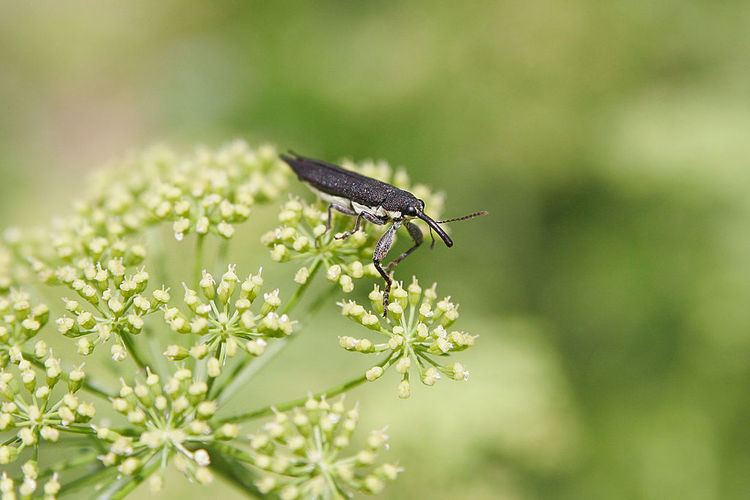 | ||
Did you know Primitive weevils are distinguished by having straight antennae, while true weevils have elbowed (geniculate) antennae. Lower classifications | ||
Life cycle of black vine weevil
A weevil is a type of beetle from the Curculionoidea superfamily. They are usually small, less than 6 mm (0.24 in), and herbivorous. Over 60,000 species are in several Families, mostly in the family Curculionidae (the true weevils). Some other beetles, although not closely related, bear the name "weevil", such as the biscuit weevil (Stegobium paniceum), which belongs to the family Anobiidae.
Contents
- Life cycle of black vine weevil
- Lots of weevil bugs hiding in basmati rice
- Taxonomy
- Sexual dimorphism
- Phylogeny
- References
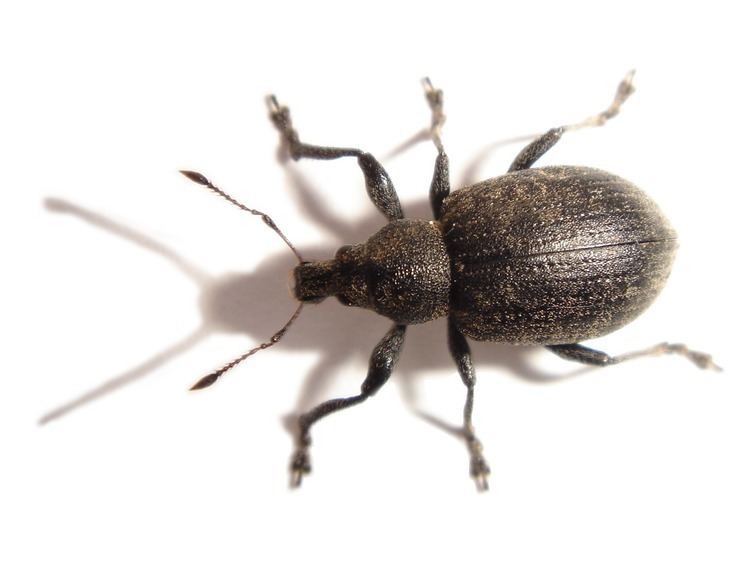
Many weevils are considered pests because of their ability to damage and kill crops, but others are used for biological control of invasive plants. The grain or wheat weevil (Sitophilus granarius) damages stored grain. The boll weevil (Anthonomus grandis) attacks cotton crops. It lays its eggs inside cotton bolls, and the larvae eat their way out.

One species of weevil, Austroplatypus incompertus, exhibits eusociality, one of the few insects outside the Hymenoptera and the Isoptera to do so.
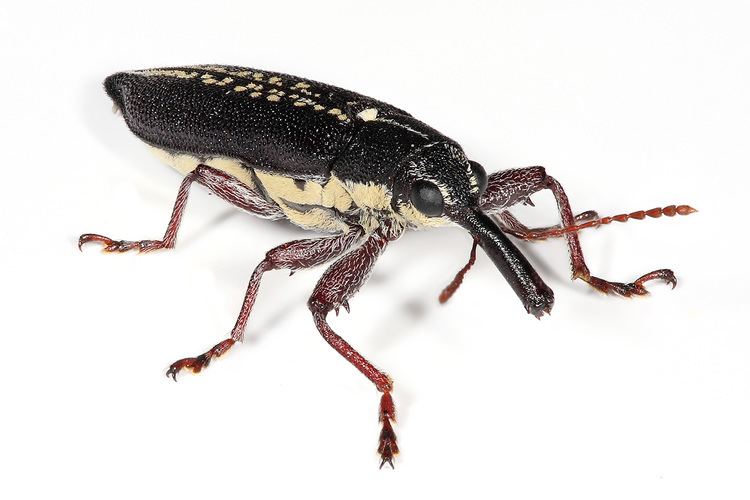
Lots of weevil bugs hiding in basmati rice
Taxonomy
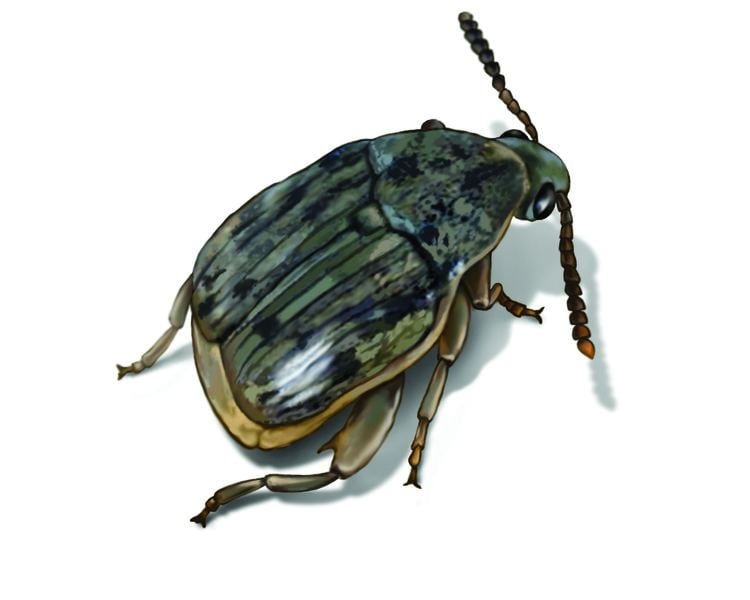
Because so many species exist in such diversity, the higher classification of weevils is in a state of flux. They are generally divided into two major divisions, the Orthoceri or primitive weevils, and the Gonatoceri or true weevils (Curculionidae). E. C. Zimmerman proposed a third division, the Heteromorphi, for several intermediate forms. Primitive weevils are distinguished by having straight antennae, while true weevils have elbowed (geniculate) antennae. The elbow occurs at the end of the scape (first antennal segment) in true weevils, and the scape is usually much longer than the other antennal segments. Some exceptions occur. Nanophyini are primitive weevils (with very long trochanters), but have long scapes and geniculate antennae. From the true weevils, Gonipterinae and Ramphus have short scapes and little or no elbow.
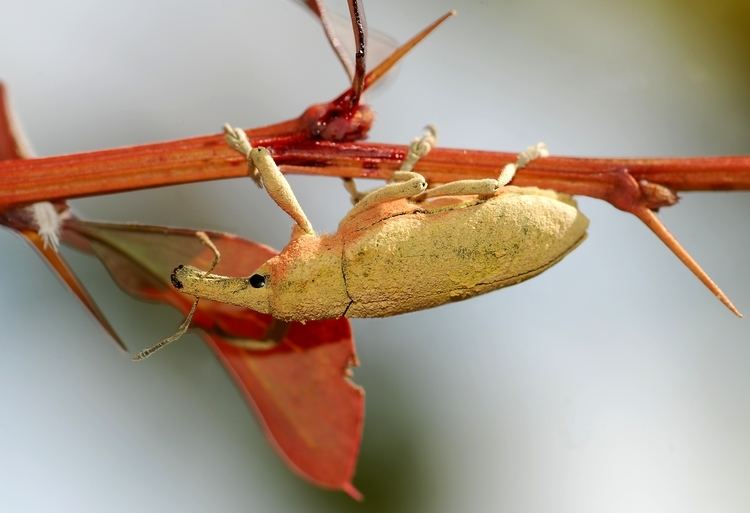
The most recent classification system to family level was provided by Kuschel, with updates from Marvaldi et al., and was achieved using phylogenetic analyses. The accepted families are the primitive weevils, Anthribidae, Attelabidae, Belidae, Brentidae, Caridae, and Nemonychidae, and the true weevils Curculionidae. Most other weevil families were demoted to subfamilies or tribes. Weevil species radiation was shown to follow steps in plant evolution upon which the weevils feed; they can vary in color from black to light brown.
Some of the features used to distinguish weevil families are:
Sexual dimorphism
Rhopalapion longirostre exhibits an extreme case of sexual dimorphism. The female rostrum is twice as long and its surface is smoother than in the male. The female bores egg channels into the buds of Alcea rosea. Thus, the dimorphism is not attributed to sexual selection. It is a response to ecological demands of egg deposition.
Phylogeny
A phylogeny of the Curculionoidea based on 18S ribosomal DNA and morphological data is suggested below:
